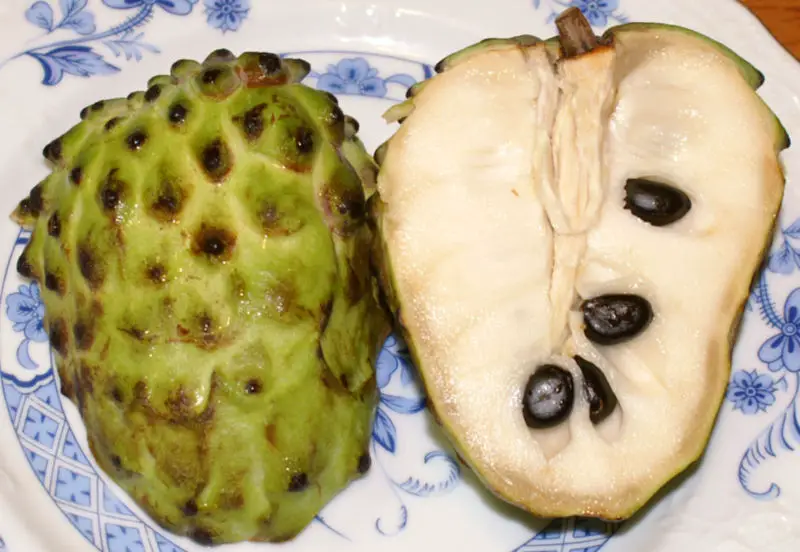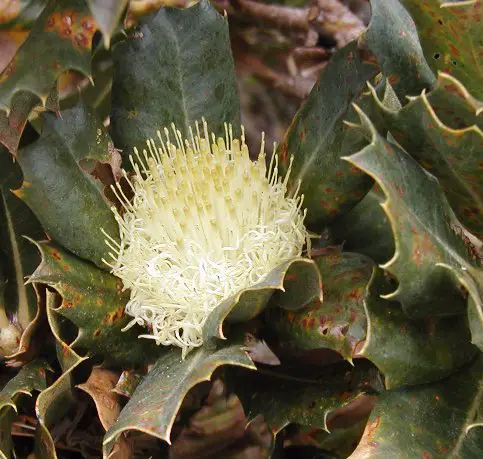Atemoya
The atemoya is a hybrid between the sugar apple and the cherimoya. Both of these fruits are native to the tropical areas of the Americas. It is known as the “pineapple sugar-apple” in Taiwan, where it is very popular. This is because it is mistaken for a cross between a pineapple and a sugar apple. In Cuba, it is called mamon, and in Venezuela it is called chirimorinon. In Lebanon, it is called Achta. In the Australian states of New South Wales and Queensland, it was mistakenly labelled for many years as a custard apple.
The first atemoya cross breed was created in 1908, by P.J. Wester. He was a Horticulturalist in USDA’s Subtropical Laboratory in Miami. Wester’s results were of superior quality than the sugar apple, and gave the fruit its name. Although atemoya sounds quite unique, it is actually a cross between “Ate” which is the old Mexican word for Sugar Apple, and “Moya” from Cherimoya. In 1917, Edward Simmons successfully grew these hybrids at the Plant Introduction Station in Miami. This tree survived a drop in temperature to 26.5ºF, which showed that this fruit was quite hardy (due to the genes received from the Cherimoya).
The atemoya tree looks like the cherimoya tree. It grows fast, and can reach a height of up to 7.5 to 9 metres tall. It is short-bunked, as it has drooping branches which can touch the ground. Its leaves are deciduous and alternate, but less hairy than the cherimoya’s leaves. Its leaves are up to 15 cm long.
Its flowers have long stalks, are yellow, and trinagular in shape. The flowers from the atemoya tree are hermaphroditic and self-pollination is rare. Artificial pollination is required to guarantee excellent quality fruits. You can tell if an atemoya is inadequately pollinated, as some atemoyas have a funny shape where they are undeveloped on one of its sides. Female flowers open between 2 pm and 4 pm one one day, and 3 pm and 5 pm the next day. After this, the flower converts to its male stage.
This fruit is either rounded or heart-shaped. It has pale green skin, which is bumpy and easily bruised. Its white flesh is smooth and very juicy. It tastes a bit sweet and a bit sour, sort of like the delicious pina colada. Its taste also has a hint of vanilla. Throughout the atemoya’s flesh are many toxic black seeds. When the fruit has ripened, the flesh can be scooped out of its shell and eaten chilled.





